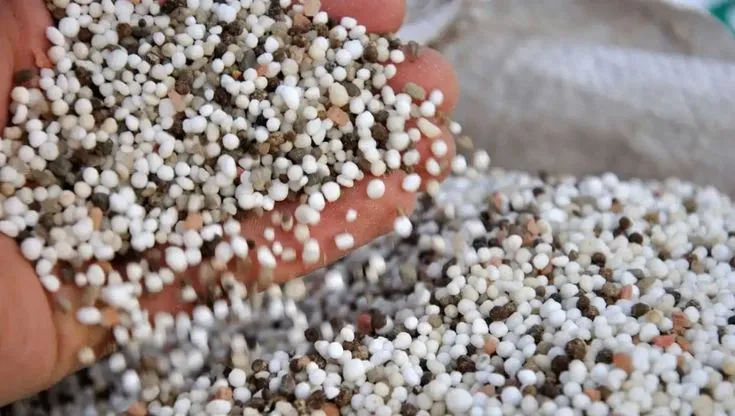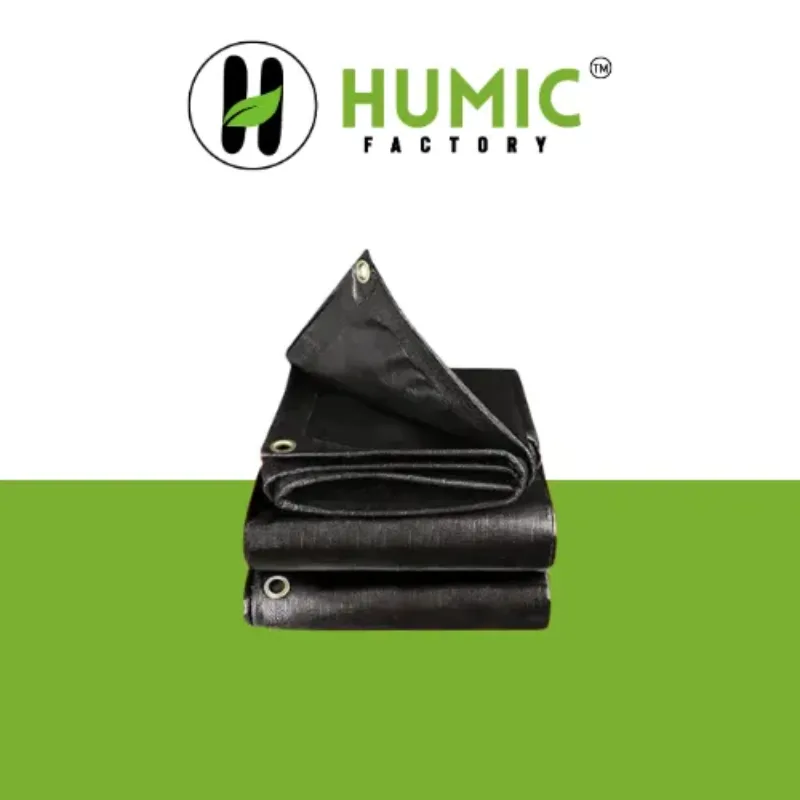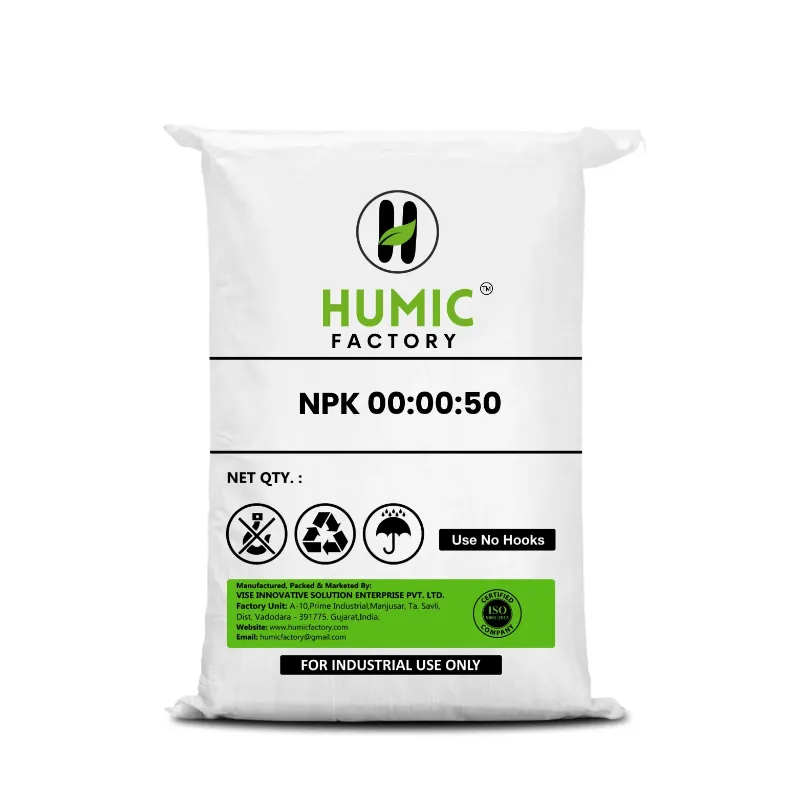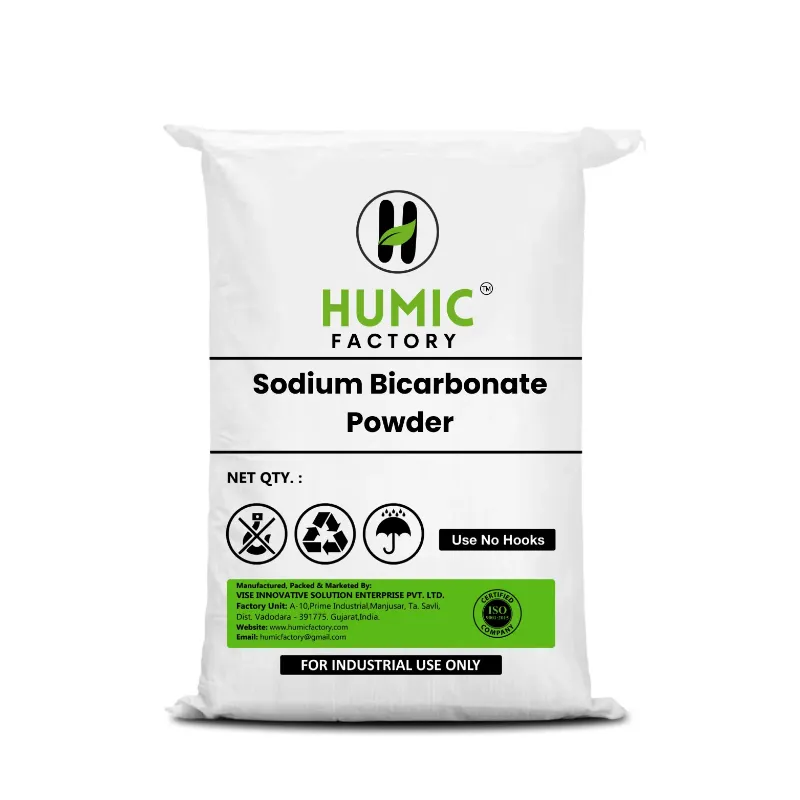Farming is a gamble against the weather, isn’t it? One season you’re golden, the next you’re staring at cracked soil, watching your crops beg for a drop of rain. Drought can turn a farmer’s dream into dust, but there’s a game-changer out there called mycorrhizal biofertilizer. This isn’t some fancy chemical fix—it’s nature’s own trick to help your plants beat the heat and thrive. Whether you’re growing maize in a big field, peppers in your backyard, or just curious about smarter farming, mycorrhizal biofertilizer is your ticket to keeping crops alive when the skies stay stingy.
Let's dive into why mycorrhizal biofertilizer is the drought-busting superhero you need—and how it's changing the game for resilient farming.
What's So Cool About Mycorrhizal Biofertilizer?
At its core, mycorrhizal biofertilizer is a kind of superpower for your soil. It's full of tiny fungi—known as mycorrhizae—that partner up with plant roots like old friends. These fungi stretch out and build a network that captures water and nutrients far beyond the reach of roots. The plants thank them by sending some sugar their way.You buy mycorrhizal biofertilizer as a powder, granules, or liquid, to be mixed into your soil and set those fungi in motion.
Why's it a drought-saver? Mycorrhizal biofertilizer behaves like an undercover sprinkler system, drawing water from deep or sneaky locations when all else is parched. It's akin to giving your crops a straw to take tiny sips from secret puddles, allowing them to stay green when things get tough.
Why Drought Hits Farmers Hard
Drought isn’t just a dry patch—it’s a punch to the gut. Your soybeans wilt, your wheat stalls, and every cloudless day feels like a personal jab. I’ve seen folks pace their fields, checking wells that are running low, knowing their harvest hangs in the balance. With climate change cranking up the heat—longer dry spells, hotter summers—farmers in places like Rajasthan or Telangana are feeling the squeeze more than ever.Here’s where mycorrhizal biofertilizer swoops in. It doesn’t make rain, but it makes your crops tougher, so they can hang on through the worst of it. With mycorrhizal biofertilizer, you’re not just hoping for better days—you’re growing through the rough ones.
How Mycorrhizal Biofertilizer Keeps Crops Going
So, how does mycorrhizal biofertilizer work its drought-fighting magic? It’s all in the fungi’s hustle:
- Water Grabber: Mycorrhizal biofertilizer's fungal threads reach out like a net to catch water from soil crevices beyond the reach of roots.
- Nutrient Hunter: Mycorrhizal biofertilizer brings phosphorus, zinc, and other treats even when it's dry, so plants don't go hungry.
- Toughness Booster: Mycorrhizal biofertilizer crops shake off stress—heat, dryness, you name it—with resilient roots that just won't quit.
Imagine your pepper plants during a drought. Without mycorrhizal biofertilizer, they'd be wilting, fruits small and pathetic. With it, they're erect, producing pungent peppers like nothing matters. That's the kind of support every farmer could do without.
Farmers Who've Seen the Difference
Let me tell you about Anuj, a farmer I met in Karnataka. Last year, his village was hit with a drought—scarcely a drizzle for months. He'd applied mycorrhizal biofertilizer to her maize, figuring it was worth a try. At harvest time, his field was the buzz of the town—cobs plump and healthy while others struggled. He smiled and said, "It's like my plants found water I couldn't see."Or consider Vikram in Gujarat, cultivating cotton. He added mycorrhizal biofertilizer to his soil, and when the rains took a powder, his crops still produced bolls. He's addicted now, bragging to everybody it's his cheat code against drought. These accounts demonstrate mycorrhizal biofertilizer isn't hype—it's actual results for actual people.
Leveling Up with Mycorrhizal Biofertilizer
Want mycorrhizal biofertilizer to really stand out? Combine it with a little bit of farming know-how.- Blending with NPK: Blending mycorrhizal biofertilizer with a complete fertilizer such as NPK 20:20:20 is like equipping your crops with the ultimate tool set—NPK nourishes them, and the fungi ensure that every bit of nutrient counts. You use less, save money and soil.
- Mulching or Cover Cropping: Cover crops or mulch work great, too. Plant some legumes or spread straw after adding mycorrhizal biofertilizer—it keeps soil moist, so the fungi have more to work with.
- Drip Irrigation: If you’ve got drip irrigation, even better—it delivers water right where mycorrhizal biofertilizer can use it best.
Crops That Click with Mycorrhizal Biofertilizer
Mycorrhizal biofertilizer plays nice with all kinds of crops, especially when drought’s lurking. Here’s who loves it most:- Maize: Bigger cobs, even when water’s tight.
- Cotton: More bolls, less stress.
- Peppers: Hotter yields, no wilting.
- Pulses: Stronger pods, better harvests.
- Mangoes: Juicier fruit through dry spells.
How to Use Mycorrhizal Biofertilizer Without a Hassle
No need to worry—using mycorrhizal biofertilizer is easy:- Choose the Right Stuff: Obtain mycorrhizal biofertilizer with live fungi (look for names such as Glomus). Humic Factory's got decent options.
- Add at Planting: Add a little mycorrhizal biofertilizer to the soil with your seeds or seedlings—think a pinch or two.
- Water Lightly: A splashy watering gets the fungi settled.
- Keep It Chill: Avoid harsh chemicals that may scare the fungi. Less is more.
Why It's Kind to the Earth
Mycorrhizal biofertilizer is not just about salvaging your crops—about salvaging the earth, too.- It's entirely natural, so no poisonous rubbish enters your ground or rivers.
- Those fungal nets also create better dirt, which retains water and nutrients longer.
- By making plants get more from fertilizers, mycorrhizal biofertilizer reduces waste—no more nutrients streaming into creeks.
Does It Break the Bank?
I understand—you don't want to spend money on new tools when money's tight. But mycorrhizal biofertilizer is a bargain for what it can do.- A little bag goes a long way, and the return—healthier crops, less loss—pays off fast.
- Anuj maize crop paid for hers in one season.
It's not rupees—it's about sleeping better, knowing your fields have a chance to fight.
Ready to Beat Drought?
Considering mycorrhizal biofertilizer: begin with a trial patch—perhaps you start with your pulses or the edge of your orchard. Contact suppliers such as Humic Factory or your local farm shop. If you're among a group of farmers, exchange stories with others; someone's bound to have a trick to pass on. You can even do it in pots to see the difference—your herbs will reward you.I started using mycorrhizal biofertilizer after a bad year, and it’s been a game-changer. My peppers are fierier, my fields tougher, and I’m not sweating every dry day. It’s more than a product—it’s a way to farm with grit and optimism, no matter what the weather says.
FAQs





